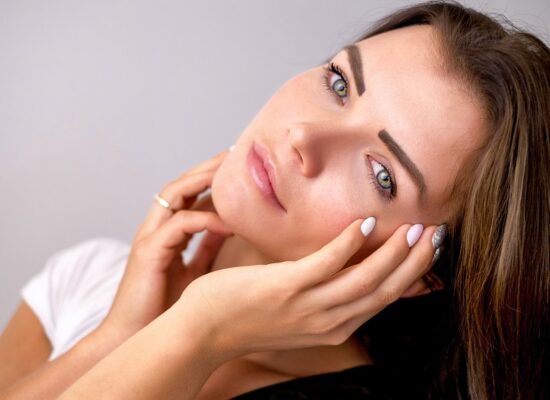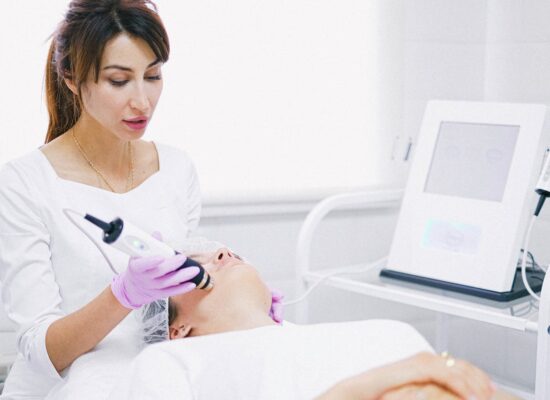One of our top selling products every year is the Pear 3D skin analysis system. This unique system is designed to help complete skin complexion analysis and reports for doctors and surgeons. There are some additional benefits from using the Pear 3D system that involve retaining patients. The following paragraphs go over some of the benefits of this system and how it can be used to help your practice grow even more.
Pear 3D: harmless
Many patients are concerned about their safety (rightly so) and comfort during any form of cosmetic treatment. Unfortunately, the industry hasn’t always done the greatest job in ensuring that treatments are painless (or at the least minimal in pain). With the Pear 3D, the process is literally harmless. There are no injections, no bruising, and no uncomfortable positioning.
Pear 3D: multi-faceted
Sure, there are other skin analysis tools out there. However, other tools aren’t able to capture multiple images of the face, and multiple images of the skin all at one time. That’s right—Pear 3D ensures there are no missed spots within layers of skin or the face. As a practitioner, you don’t have to worry about missing anything important.
Pear 3D: uncovering the smallest details
With the naked eye, not everything can be seen (even for a professional). The Pear 3D system is able to catch even the most microscopic details on the skin of a patient. It doesn’t matter if it’s on the surface, or if it’s deep within the skin itself—this tool can handle it all.
Pear 3D: allowing you to do your best job
As a practitioner, your time is best spent focusing on analyzing results. The Pear 3D allows you to do so without worrying about how. By knowing you are using the best tool out there, you can be confident in providing the best recommendations to you patients. In turn, they will notice this and be thankful for it.
To learn more about the Pear 3D system please contact us today.




